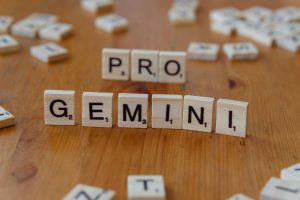What if we’ve been going about building AI all wrong?
Rethinking AI Development: Learning from Nature’s Simplicity
As artificial intelligence continues to advance at a rapid pace, many experts assume that creating truly intelligent systems requires vast datasets and immense computational resources. However, what if we’ve been approaching AI development the wrong way?
Recent insights suggest that instead of mimicking the brute-force approach of training models with millions of examples, we might find greater success by examining how humans and other biological systems learn. Children, for instance, can acquire new skills and knowledge through surprisingly few experiences, simply by interacting with their environment in a curious and exploratory manner.
This perspective advocates for building AI systems that imitate this biological learning process. A compelling example is an innovative AI model called Monty, designed to learn effectively from as few as 600 examples. By adopting a more human-like, curiosity-driven approach, Monty exemplifies how smarter AI may be achieved without exorbitant data and hardware requirements.
For a deeper dive into this fascinating approach and its implications for the future of artificial intelligence, visit this detailed exploration: Hands-On Intelligence: Why the Future of AI Moves Like a Curious Toddler, Not a Supercomputer. Embracing biological principles could revolutionize the way we develop intelligent machines, making AI more accessible, adaptable, and human-like than ever before.














Post Comment